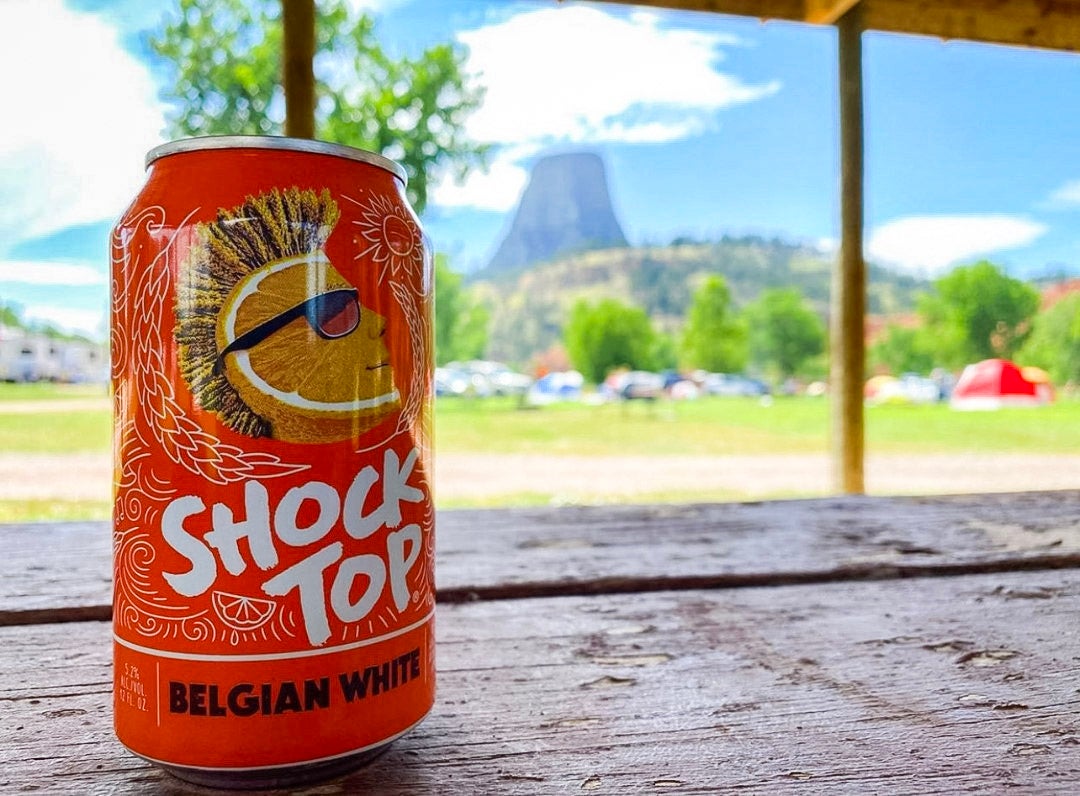
When Aphria, the Canadian cannabis company, acquired US-based SweetWater Brewery in November 2020, some industry eyebrows were raised but not many. Buying a brewer was unusual at the time but SweetWater, with its flagship 420 Extra Pale Ale and annual 420 Fest – ‘420’ being a popular code for pot smoking – seemed a good fit for a corporate beer-cannabis hook-up.
Six months later, Aphria merged with British Columbia’s Tilray and, when the new entity (which kept the Tilray name) followed with the acquisition of the Green Flash and Alpine breweries of southern California in early 2022, reactions were only slightly less muted.
Green Flash had recently downsized considerably and was widely considered to be primed for takeover, so the purchase of the company and its Alpine subsidiary was hardly surprising, even if its suitor was Canada’s largest cannabis concern. Tilray’s deal later that year for New York’s Montauk Brewing likewise scarcely registered with North American beer cognoscenti.
However, when Tilray last week announced the acquisition of eight properties from brewing industry giant Anheuser-Busch InBev, industry observers reacted with genuine surprise, even shock.
They shouldn’t have. In an earnings conference call held less than two weeks before, Irwin Simon, Tilray’s chairman and CEO, telegraphed his company’s intentions to financial analysts, noting the “close to $500m” in cash sitting on the group’s balance sheet. “Craft beer is cool and will become cooler,” he added.
The acquisition of AB InBev assets including 10 Barrel Brewing, Red Hook Brewing and the Shock Top beer brand shouldn’t have been, unexpected. But what were Tilray’s motives?

US Tariffs are shifting - will you react or anticipate?
Don’t let policy changes catch you off guard. Stay proactive with real-time data and expert analysis.
By GlobalDataThe easy answer is volume. Citing data from the Brewers Association, Tilray said the addition of the AB InBev beer assets will, in volume terms, make the company the “fifth-largest craft brewer” in the US. The $85m deal gives the company four more production facilities – two in Oregon, one in Colorado and one in New York. Three years ago, Tilray paid $300m for SweetWater in 2020.
Further, while all of the brands have varying degrees of multi-state presence, one, Shock Top, has a distinct national footprint, albeit one that has been contracting in terms of volume in recent years.
A more nuanced answer might be found in the way Simon and Tilray have managed their previous brewery acquisitions, specifically SweetWater and Montauk, and the rather atypical results they have achieved.
Returning to Tilray’s fiscal Q4 earnings call last month, Simon was quite bullish on his company’s existing beer assets, and with good reason. Over the past fiscal year, Simon reported, Tilray’s revenue from beverage alcohol – including from Breckenridge Distillery, acquired in December 2021 – rose an impressive 33%, driven largely by SweetWater and Montauk. That this occurred in a domestic beer market that was stagnant for craft and shrank by 3.1% overall in 2022 is remarkable enough, but even more so when one considers the current state of affairs for regional breweries in the US like SweetWater.
Even before the rise of the Covid pandemic, times had grown tough for regionals in the United States, as the ethos of ‘drink small and drink local’, which had driven the growth of the craft brewing segment for years, was taken to the extreme by many beer drinkers. Suddenly, the formerly beloved brewery a five-hour drive away was no longer so great, and any operation large enough to distribute out of state or across the country was, like the indie band that signed to a major label, deemed a corporate sell-out.
With a clever combination of distribution and marketing, however, Tilray, under the leadership of Ty Gilmore, the president of the company’s US beer operations, has so far managed to reverse this trend for its brands. If Gilmore can continue his magic with six more established regional and national beer brands, the upside of the deal, at a cost of a little more than $10m per brand, is obvious.
(Also included in the transaction was Blue Point Brewing Company, Widmer Brothers Brewing, a cider brand, Square Mile Cider Company, and an energy drink, HiBall Energy, which AB InBev recently discontinued).
Distribution was also a vital component of the deal. According to Simon, the revenue gains achieved by SweetWater and Montauk hinged upon partnerships with key distributors, including Reyes Beverage Group, the largest beer distributor in the country. And, while Simon is adamant Tilray’s diversification means the company is “not dependent upon legalisation” of cannabis federally in the US, it doesn’t take much imagination to see how those distribution partnerships could come in handy if and when such legalisation does occur.
Simon said as much when on the Q4 earnings call last month. “Upon legalisation, all these businesses come together. And we think we have great brands, whether it’s SweetWater, Montauk, Breckenridge, [that] one day could be cannabis brands in the US upon legalisation.”
Even considering all of the above, however, Tilray’s latest acquisitions must be considered a leap of faith, although admittedly one with little real financial downside given the cost per brand. The future of craft beer in the US is very much up in the air these days, with category growth by no means guaranteed, and Tilray’s ability to manage a stable of breweries rather than a handful is as yet unproven.
In the end, how Simon, Gilmore and Tilray position and expand their new portfolio of beer brands will spell the difference between a profitable transaction and one that is merely ‘cool’.

